Foodmasku dishes out edible masks on Ethereum
[gpt3]rewrite
Some critics of NFTs fixate on their ethereal, immaterial nature. How can they be art, critics cry, if they are only digital, virtual, disconnected from reality?
It would be difficult to make these demands against the works of Foodmasku.
That’s the nickname of Antonius Wiriadjaja, the multimedia performance artist who—for three years now—has been making NFTs that show himself wearing masks made entirely of food, and then eating the masks. The final consumption of the work is a rule, a key component.
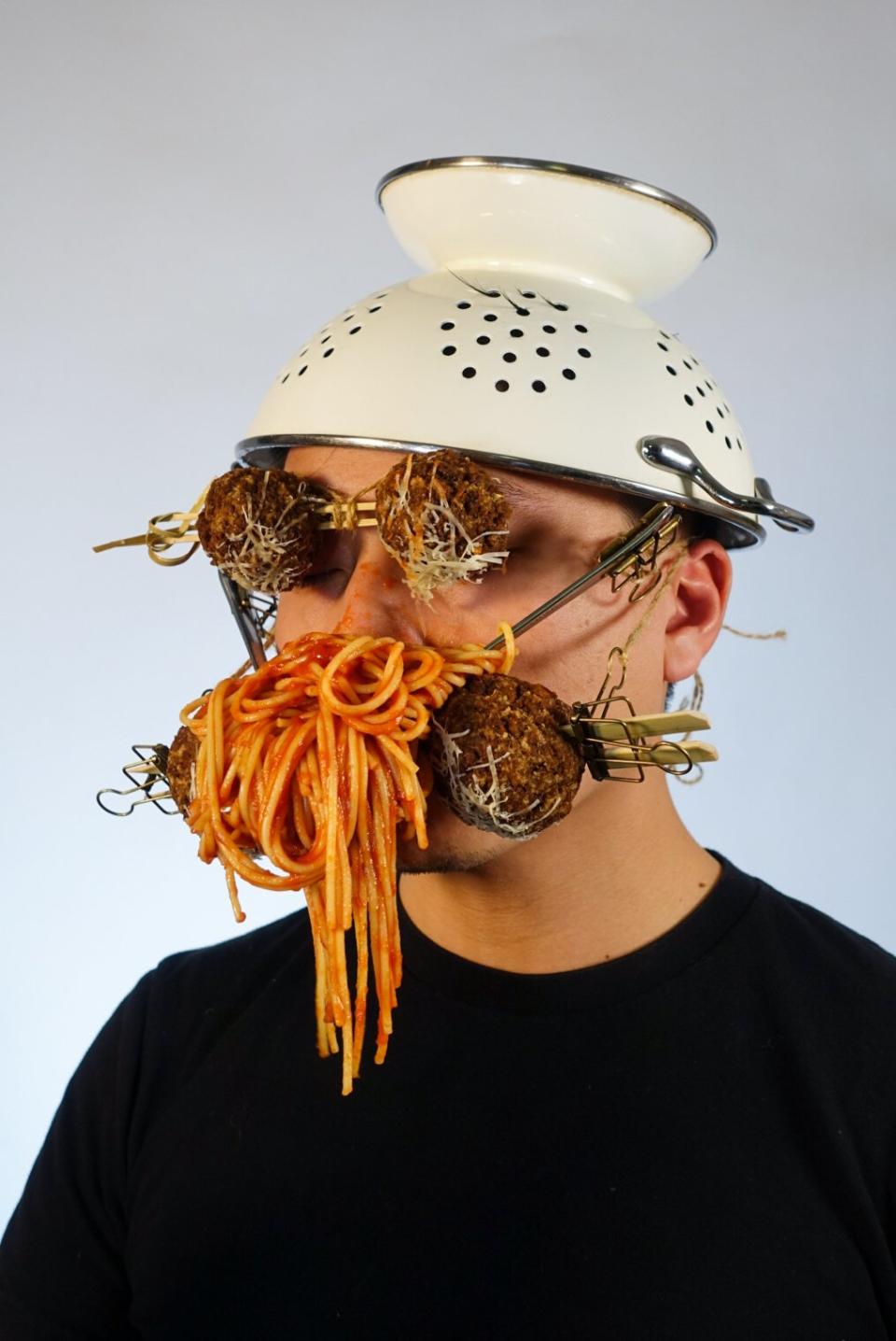
The association between masks and food – and between food masks and the blockchain for that matter – is not necessarily intuitive. It may be because, for Wiriadjaja, these connections were the product of organic necessity.
In the earliest months of the pandemic, the artist recalls, he and a group of remote colleagues navigated the still-bizarre realm of Zoom meetings. One fateful day, one of his friends was inadvertently caught in a video filter that apparently turned their face into a pickle. The caller was embarrassed. Wiriadjaja’s first impulse was to make them feel better.
“So I took [a part of] my dinner, which was a piece of kale, put it on my face and said ‘Hey, I have a filter on too,'” Wiriadjaja shared Decrypt at NFC Lisbon earlier this week.
The pickled participant was delighted, the shame was washed away, and they asked Wiriadjaja what he should wear tomorrow. Foodmasku was born.
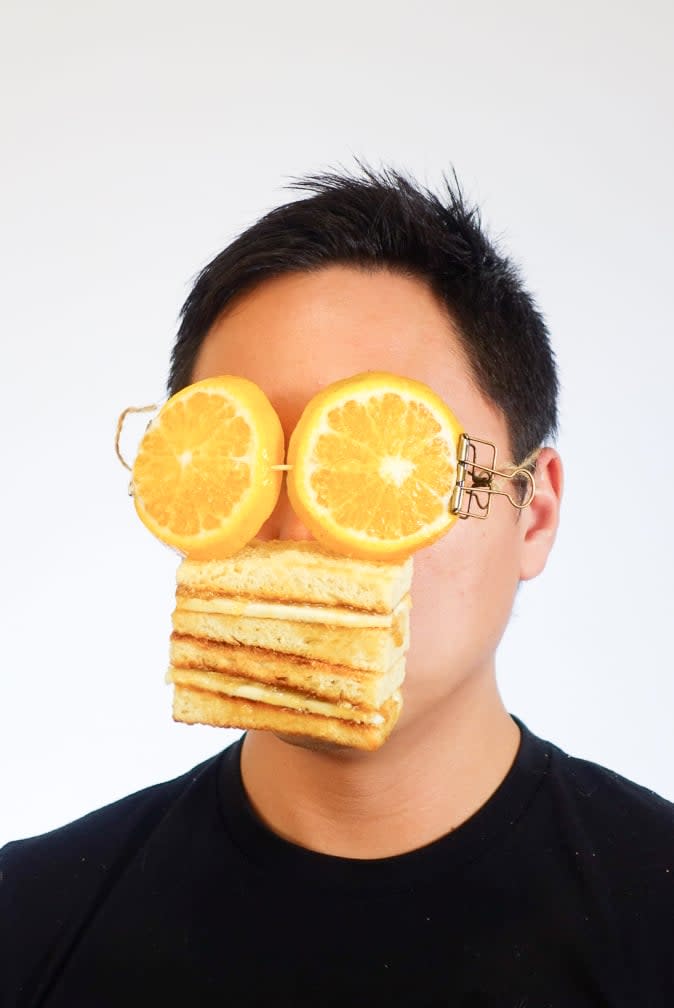
In the following weeks and months, Wiriadjaja dedicated himself to the task of making, documenting and eating food masks. Banana eyes, broccoli noses, noodle noses, shrimp eyebrows… every day, a new sumptuous self-portrait.
The project steadily gained momentum, but this success was a double-edged sword: people were so enamored with Wiriadjaja’s food masks that fake Foodmasku accounts began to appear on a number of social media platforms.
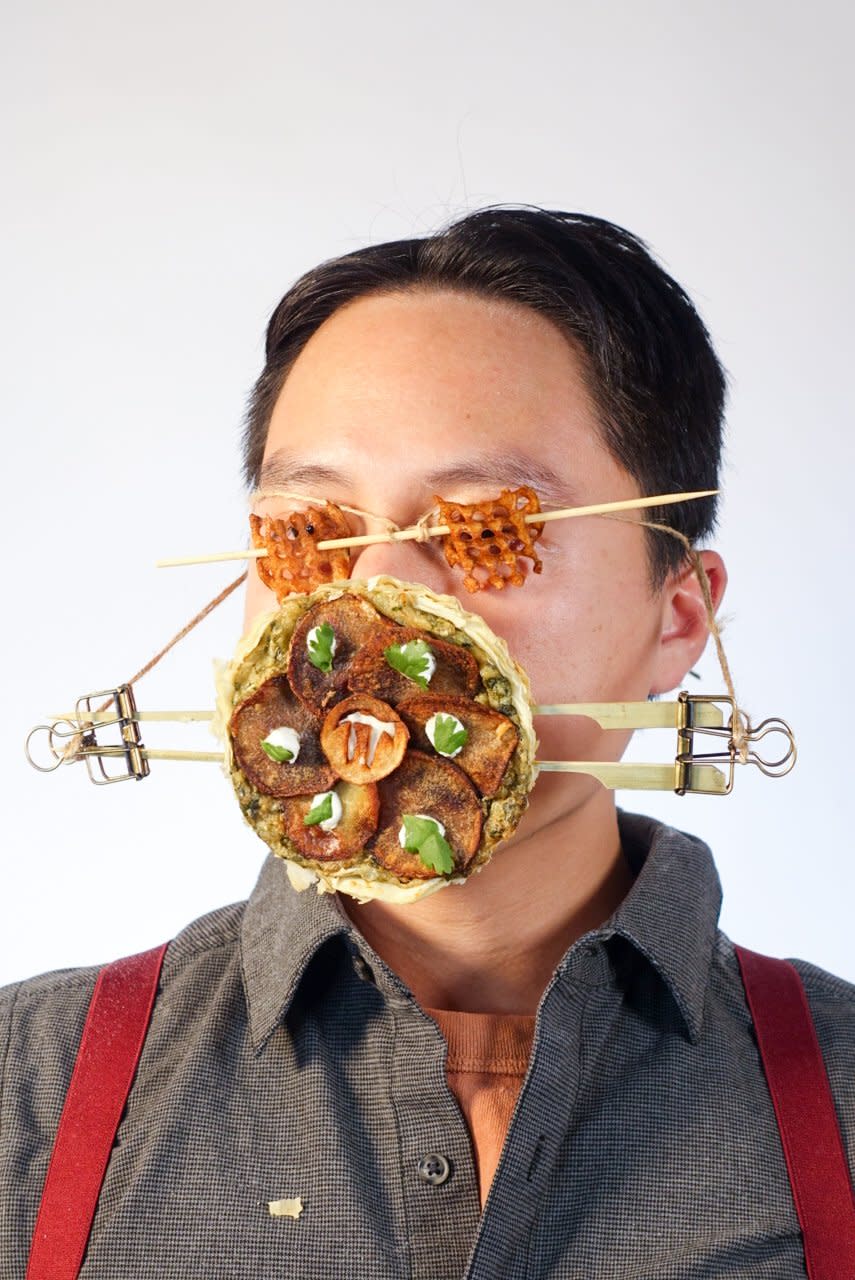
This was March 2021, and Wiriadjaja was frustrated. There had to be a way to own digital files, to protect his edible oeuvre. He did some searching online and came across NFTs. Artist Beeple had just sold an NFT artwork for $69 million, catapulting the new technology into the mainstream.
So Foodmasku became a Web3 artist. Not out of an ideological or artistic commitment to the decentralization ethos, but instead – as with the incendiary kale flap – because it just made sense.
To date, Wiriadjaja has created nearly 2,000 Foodmasku NFTs, generating around 50 ETH, or $92,000, in sales.
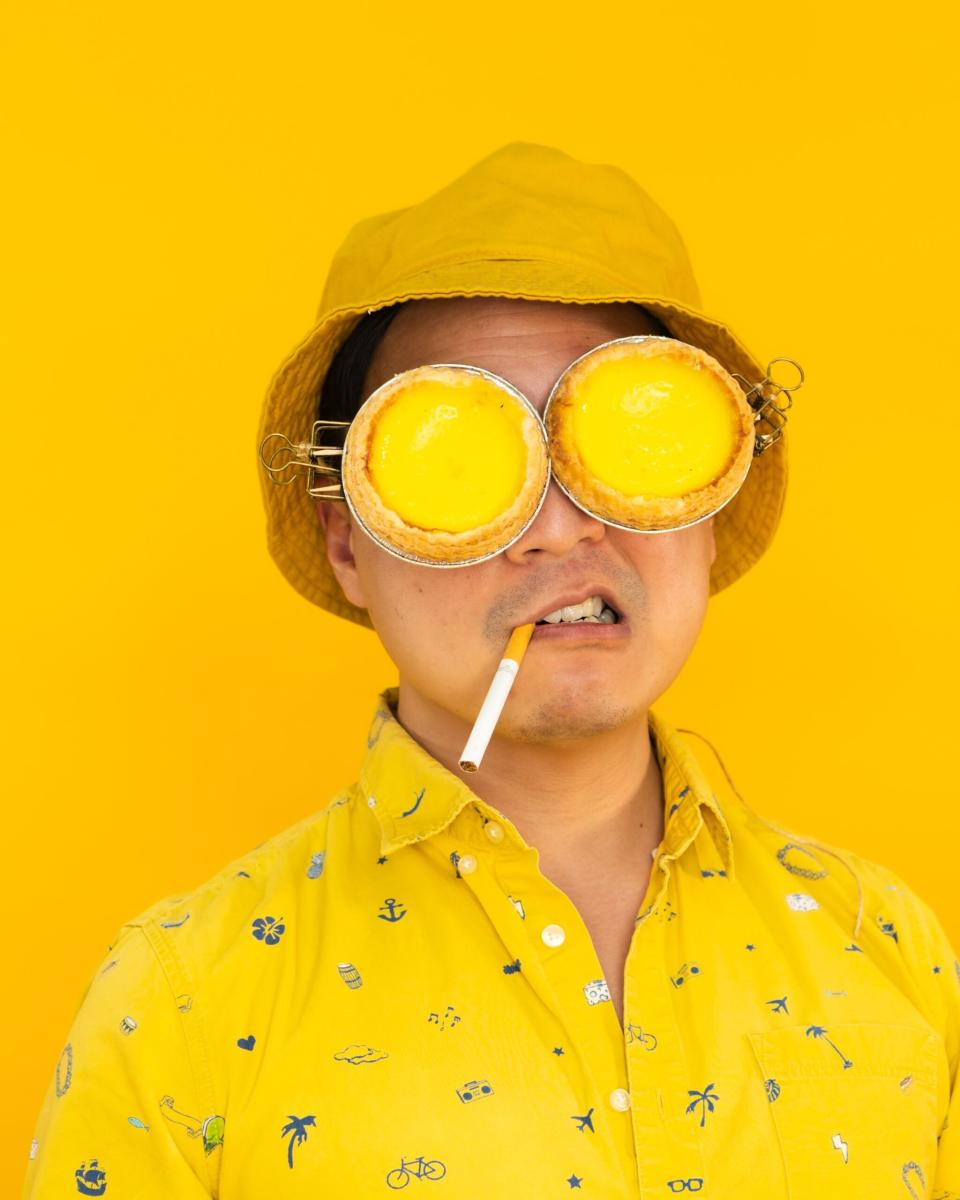
The artist, who was born in Indonesia and raised in Boston, has met different reactions to his works across different cultures and contexts. A common thread, he has found, is that people all over the world tend to be afraid of technology.
“Technology is scary for everyone, everywhere,” he said. “Indonesians are worried that technology will kill their traditional arts, Americans are worried that technology will take all their jobs. But one thing everyone relates to is food.”
If foodstuffs and masks and new digital technologies can be brought together to give Wiriadjaja’s colorfully inventive and optimistic portraits a coherent thesis, it may be that any medium has the capacity to tap into the universal life of humanity.
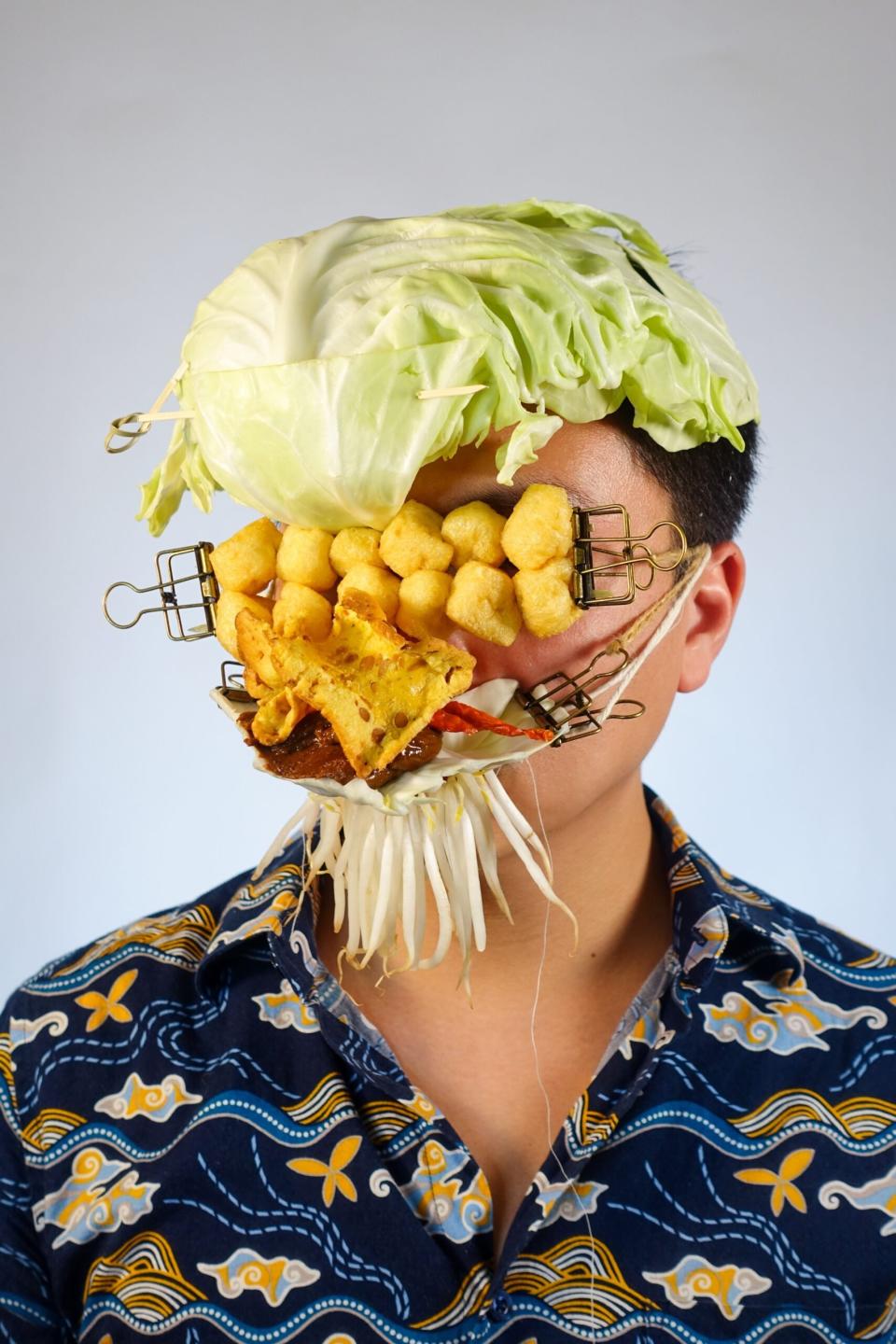
In that way, Wiriadjaja has recently become fascinated by artificial intelligence. He is developing a project called “Proof of Eat”, which is intended to clear the air on the growing uneasiness caused by the blurring of the line between humans and machines.
“A big test of whether a creator is human or not is whether they can eat food,” he said.
[gpt3]


